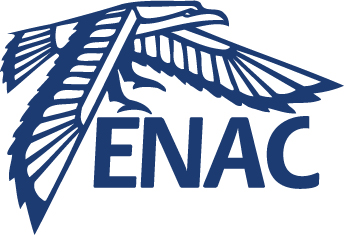Air traffic conflict resolution via B-splines and genetic algorithms
Résumé
From the beginning, the most critical point of Air Traffic Control was to ensure safety separation distance between airplanes. To achieve this goal, a safety standard separation has been defined : 5 Nm (Nautical miles) horizontally and 1000 feet vertically (separation box). Air traffic controllers are responsible for ensuring the respect of this separation rules. In the future, Air Traffic Management (ATM) will have to deal with a doubling of the air traffic while ensuring at least equivalent standards of safety [1]. The SESAR european project aims to find solutions to this problematic by automating the current system or by providing a decision support to the air traffic controllers in order to decrease their workload. Considering the technological advances on the airplane Flight Managment System (FMS) we will explore in this paper the possibility of a full automation generating continuous trajectories that new FMS can follow.
Domaines
Optimisation et contrôle [math.OC]
Origine : Accord explicite pour ce dépôt
Loading...
